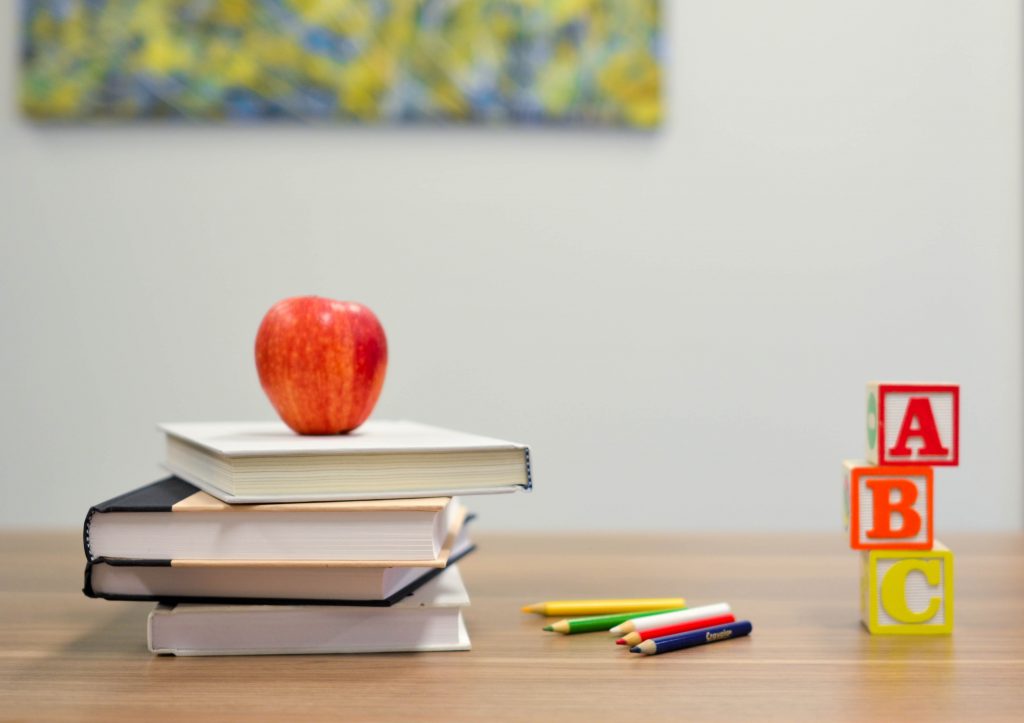Gender stereotypes in infants and toddlers
At birth, the brains of boys and girls differ only in reproductive function. Children aged 1 to 3 years old therefore have the same cognitive (intelligence, reasoning, memory, attention, spatial identification) and physical skills (Vidal, cited in Piraud-Rouet, 2017). The differences that develop between girls and boys are attributable to the plasticity of the brain, that is to say, its ability to transform with learning and environment (Piraud-Rouet, 2017).
Specificities About Infants and Toddlers’ Learning Styles
The socialisation of children is gender-differentiated during early childhood, whether through their environment, the toys offered to them, their families or the staff in educational care settings (Amboulé Abath, 2009). Consequently, children undergo a gender-differentiated educational experience. This section deals with how gendered socialisation modulates the characteristics of the children’s connection to learning.
General recommendations
Here are a few general recommendations to think about when you interact with children, organize activities for them and provide them role models, organize your environment, choose toys for them to play with, as well as recommendations for your work team, for the parents you are working with and as part of a reflexive practice.
Tools suggested vary from one language to another, meaning that some tools showing up in English aren't available in French and vice versa. If you wish to explore tools available in another language, use the language selector in the main menu.

Self-reflection
“Teaching Equality” Guide

Interactions with children
8 Ways to Challenge Gender Stereotypes in the Early Years

Suggested activities and models
All kinds of families!

Interactions with children
An action guide for early learning and childcare practitioners

Early literacy
Assessment grid for gender-equal books

Suggested activities and models
Assign tasks & chores equally

Early literacy
Book kits that promote gender equality

Suggested activities and models
Coloring activities

Suggested activities and models
Colors Theme Week

With your work team
Early childhood and gender stereotypes in a daycare environment

Early literacy
Emerging literacy and equality

Suggested activities and models
Emotional literacy and needs in early childhood

Environment and toys/material
Encourage diversified choices of toys among children

With your work team
Healthy Gender Development and Young Children

Self-reflection
Indigenous Early Learning and Childcare Framework

With your work team
No more boys or girls: can our kids go gender-free?

Environment and toys/material
Organizing the environment

Actions with parents
Positive Indigenous Fatherhood in Early Childhood

With your work team
Reflecting as a work team

Actions with parents
Resources on gender stereotypes for parents

Self-reflection
Review of stereotypical activities

Interactions with children
Social and Emotional Learning Among Quebec’s Aboriginal Students

Interactions with children
Social and emotional learning to help children with the process of identity affirmation

Early literacy
Toqi milita’nej – Let’s play together !

Actions with parents




